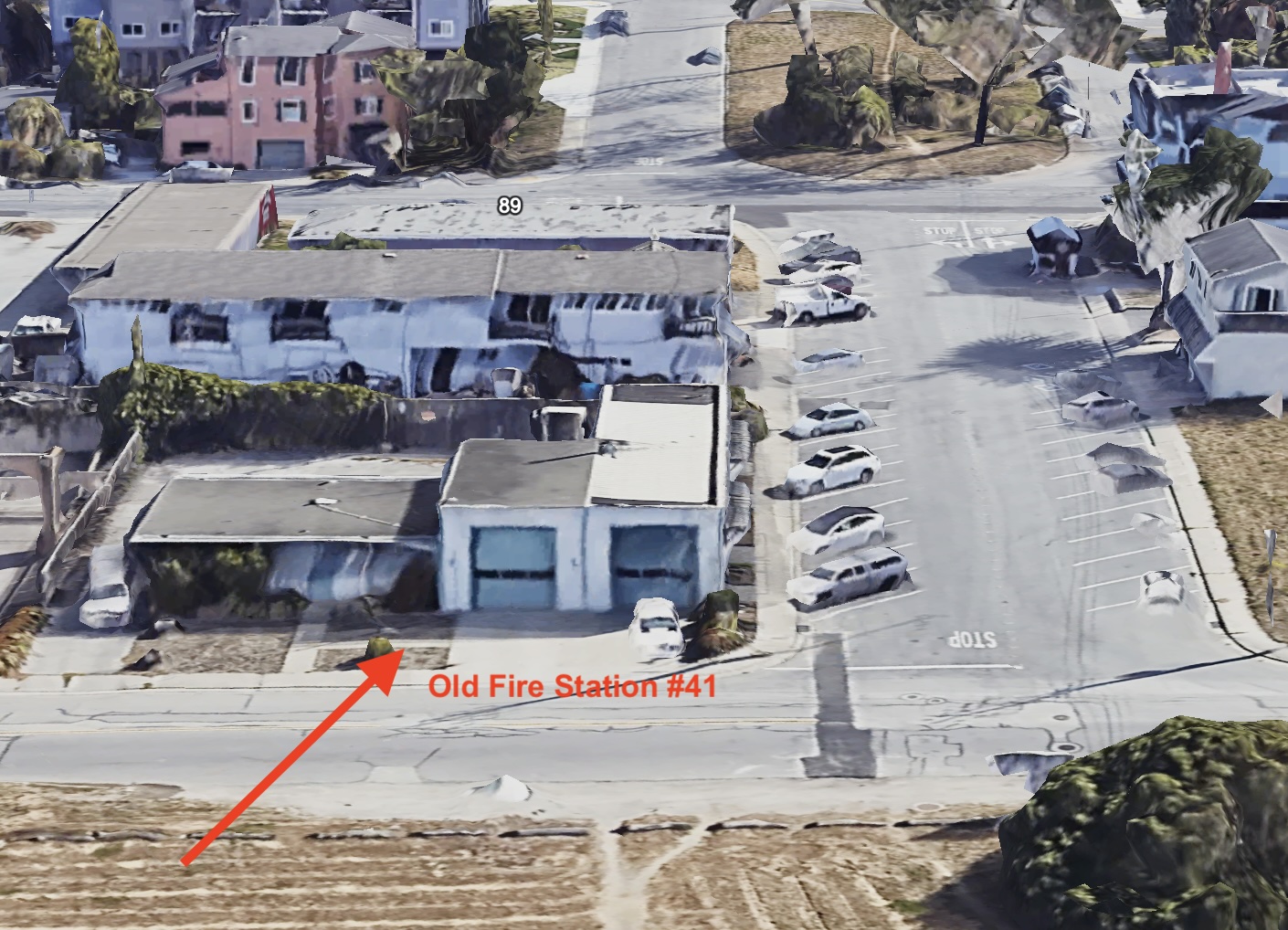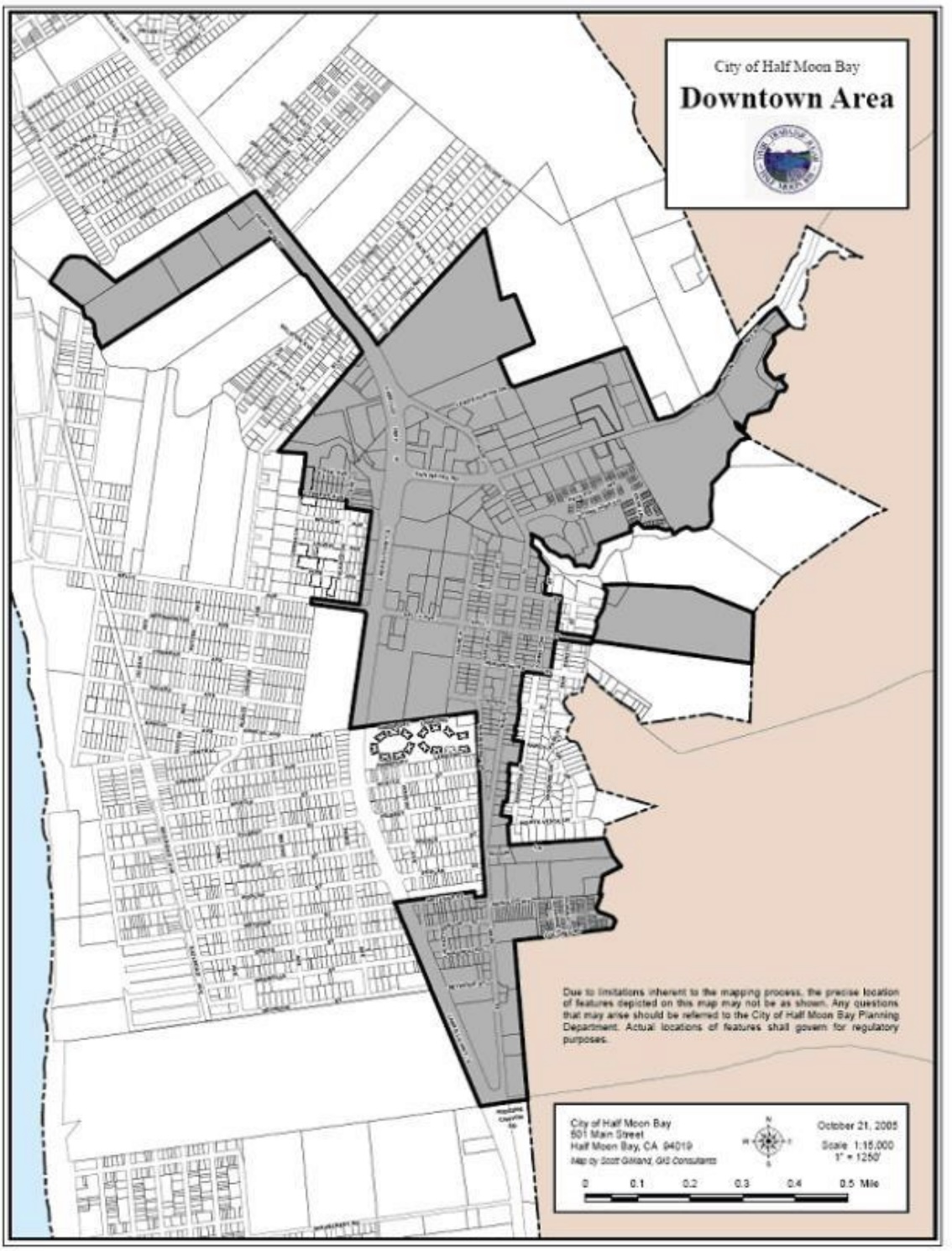|
Getting your Trinity Audio player ready...
|
OWN VOICE. ~ InPerspective by Gregg Dieguez —
There’s a Jan. 27th CPUC hearing to charge solar customers a lot more money, and why? It’s too soon for me to have complete answers for you, but I have some important questions, and we need some experts to help us analyze the impact. Here’s what I’ve learned so far…
Footnotes: to use, click the bracketed number and then click your browser Back button to return to the text where you were reading.
Images: Click to enlarge for improved readability in a new window.
The press release on the upcoming Calif. Public Utilities Commission (CPUC) hearing is shown in full at the bottom of this article. I was just forwarded the material by a former elected official, but it’s been discussed for ?over a year? Apologies for just waking up, but this seems unfair and misguided, unless you’re a shareholder of PG&E. However, until we have an impact analysis on residential customers, both non-solar and those like me who have been using solar for a while, we can’t state anything firmly. But this effort to charge solar customers ~$60/mo (it varies) raises fundamental questions about our entire social contract with our government, as well as our ability to combat the Climate Crisis.
Keep in mind that those of us who went with Solar invested (even after tax credits and subsidies) about $20,000 to: A) be a good climate citizen and B) hope to get a payoff over the 25 year life of that investment – based on what we expected in future PG&E rate increases. In other words, we made a citizenship/business decision based on the rules of the game, and now PG&E wants to change the rules, acting like they didn’t forsee the logical consequences of their solar initiatives.
The best analysis I’ve found to date from Barry Cinnamon (member of the MITCNC Energy & Environment group) says this:
If the preliminary decision by the CPUC goes through, the solar industry — including both new and existing solar customers — will be clobbered. … The CPUC decided to add a fixed charge of about $60 per month to the average new solar customer’s electric bill, reduce the daytime reimbursement rate from $0.30 to $0.05 per kwh, and reduce the grandfathering period of all customers (even existing customers) from 20 years to 15 years. They call this NEM 3 (a new version of Ne, but new solar customers are better off effectively disconnecting their solar and battery systems from the grid — not net metering at all.
This poorly-reasoned NEM 3 decision is scheduled to go into effect on May 28, 2022. To compare NEM 2 to NEM 3 we ran the numbers with our financial modeling tools. The result is that paybacks for new solar systems go from about 6 years to 14 years, and paybacks for adding a battery go from approximately 9 years to 12 years.
What I’d disagree with in the above is that it’s not “poorly reasoned”. They’re after y/our money and this is a clever way to get it without a public vote. Keep in mind that this is the utility which failed to maintain its transmission lines, failed to clear away wildfire fuel from its lines, blew a hole in San Bruno, and was paying dividends to its investors instead of dealing with deadly infrastructure issues – until stopped by a judge.
Here are some first takes and questions we will follow up with more answers in the coming days, but you should get involved – and probably upset – starting today:
- The extra charge appears to be the rumored “$60/mo charge for solar customers”. Right now, I’m paying ~$10/mo, plus an annual ‘true-up’ which catches me up if I underpaid (and with our electric car, we now owe money each year, so an extra $400 or so). Those savings on electric bills will recoup my investment, over the years.
- This rate increase/tax is changing the rules of the game after I/we made a 25 year investment commitment (9 years ago) under prior rules of the game. Concern: we were already “doing our bit” by making this investment with an uncertain payback, and now it seems they want to charge us for trying to help, as they requested.
- The CPUC’s proposal is a near carbon-copy of the one PG&E, So Cal Edison, and San Diego Gas & Electric lobbied for. Is it any surprise we see copycat legislation adopted by co-opted regulators?
- I certainly see the benefit and understand the concept that Peak Load handling is a major component of electrical system cost, which I thought we were helping with by getting home solar. It now seems they want us to shift our contribution to 6-9pm as well, and for us to pay to do so. They couldn’t see this coming before the created the first set of rules?
- This will disincentivize more solar use, and is that is bad, as several points below elaborate.?
- Those who generate power on their rooftops are saving all of us the costs of expanding the grid, since the power they generate doesn’t need to be transmitted long distances by power lines – it is used locally.
- And, rooftop solar reduces the amount of land that would otherwise be dedicated to large solar farms.
- A step backward for equity. The CPUC falsely claims they are helping more low-income households by exempting them from the solar penalty fee. In reality, the CPUC’s deal would make solar more expensive for low-income households. For example, low-income households going solar with PG&E would pay $24 to $50 per month more than under the status quo. That’s because slashing the net metering credit by 80% destroys the bill savings that make solar a good investment.
- PG&E, who is behind this new charge for rooftop solar, already has one of the highest electricity rates in the country: 32 cents per kilo watt hour (kWh). About 14 cents of that is transmission and distribution costs, including a fee for the wildfire fund. By contrast, the generation charge we pay Peninsula Clean Energy is 10 cents per kWh (for 100% renewable electricity). Think of that – we pay significantly less for generation of our clean electricity than for its transmission and distribution. Solar saves money by reducing those costs.
- We need more renewable energy of all types to combat climate change. Making rooftop solar more expensive is exactly the wrong strategy to achieve this. If anything, we should tack a surcharge onto power that comes from burning fossil fuels.
- This will make solar unaffordable for most people, right when just under half of all new solar is going into working and middle class neighborhoods, serving both homeowners and renters. Over 150,000 solar roofs serve customers in the CARE discount program. This year, an additional 30,000 rental units serving more than 100,000 people at multifamily affordable housing projects are under development due to net metering, and another 200,000 families in affordable multi-family homes are projected to get solar by 2030.
- This will also ruin thousands of small, locally-owned solar businesses and threaten over 60,000 jobs.[1]
- This is one more impetus for me to get off PG&E entirely. One way or another, home battery sales should skyrocket.
- Why, every time we turn around, are the State and County asking us to pay locally for inequality derived from the entire capitalist economic system? – for examples, in our water and sewer bills, housing subsidies, our local taxes, now our utility bills, etc.? Why not have the County, State, and Feds provide remediation for unfair unequal economic outcomes by either: a) stopping the forces at work which cause those problems, or, b) taxing the entire economy to rectify the bad outcomes? Why? because it’s easier to slip regulations and rate increases onto people piecemeal than to make visible the entire cost of the inequality and social dislocation at the higher levels of government. Put another way, because our elected officials don’t have the courage to publicly size and correct the real inequalities by taxing the corporations which offshore jobs and automate to increase profits, and also fail to pay wages sufficient for their workers to afford housing. Could it be because the bulk of campaign contributions come from Corporations and the wealthy, who gain the most by creating the inequalities upon which they profit?
- The “Neighborhood Voices” statewide initiative petition is a nice step, providing local self-determination, but it doesn’t go nearly far enough to correct for the abuses and inequality which dominate our society. We need something much more fundamental on the ballot in 2024.
To learn more, and take action visit: https://solarrights.org/utilityprofitgrab/
FOOTNOTES:
[1] The Case Against This Solar Money Grab:
There are many more talking points against this lobby-driven pending regulation. This site has a longer fact sheet with a list: https://solarrights.org/utilityprofitgrab/ There is also a button you can click to protest quickly.
The CPUC press release:
More From Gregg Dieguez ~ InPerspective
Mr. Dieguez is a native San Franciscan, longtime San Mateo County resident, and semi-retired entrepreneur who causes occasional controversy on the Coastside. He is a member of the MCC, but his opinions here are his own, and not those of the Council. In 2003 he co-founded MIT’s Clean Tech Program here in NorCal, which became MIT’s largest alumni speaker program. He lives in Montara. He loves a productive dialog in search of shared understanding.






